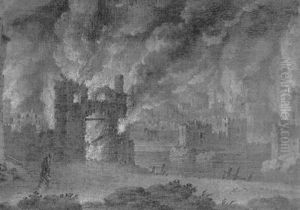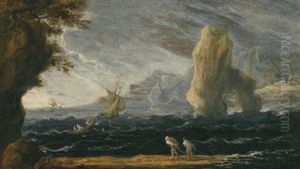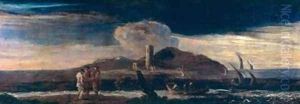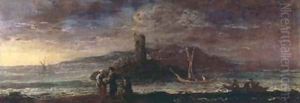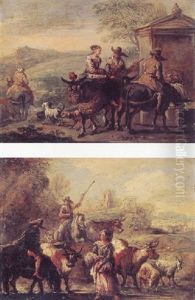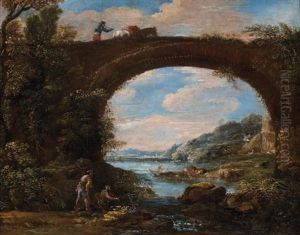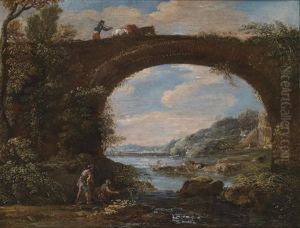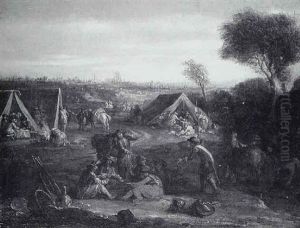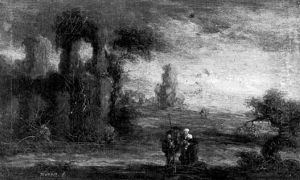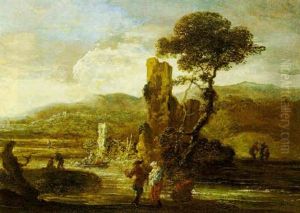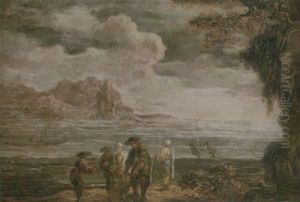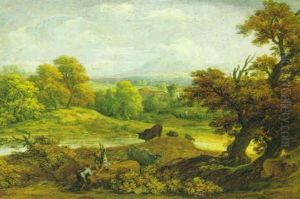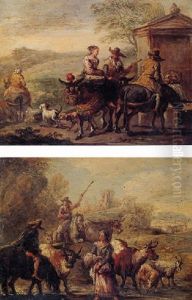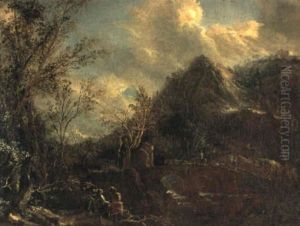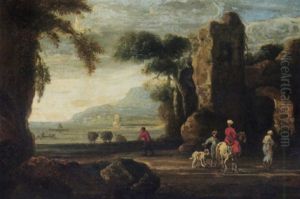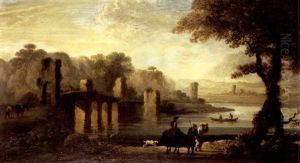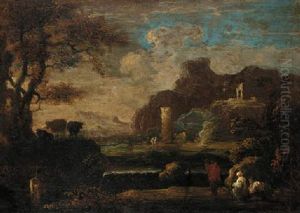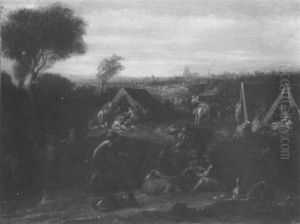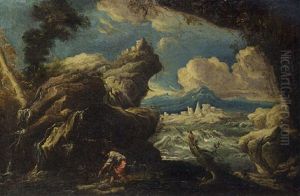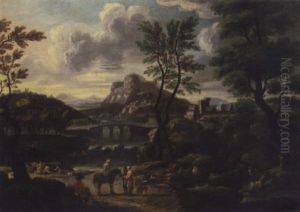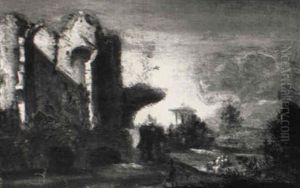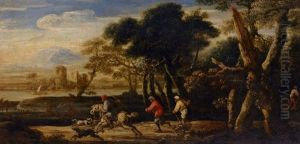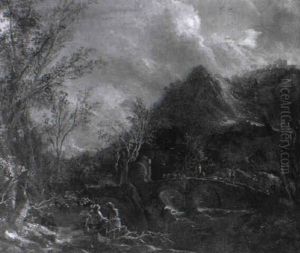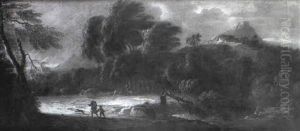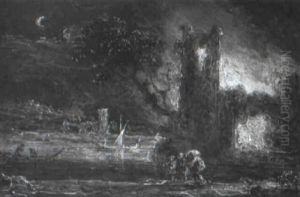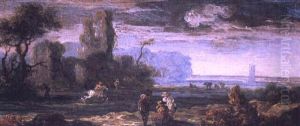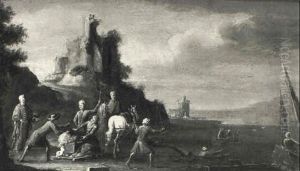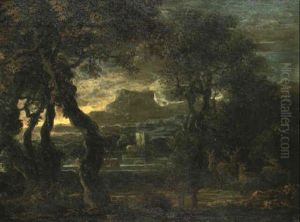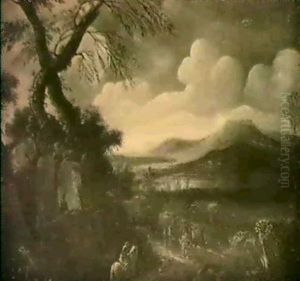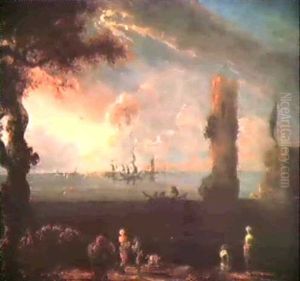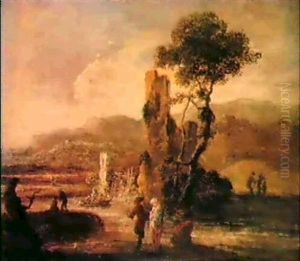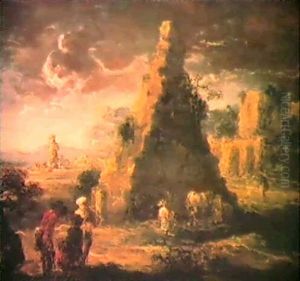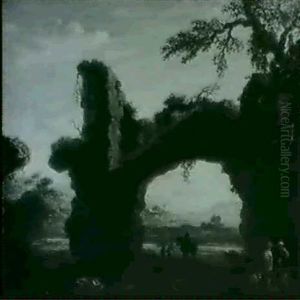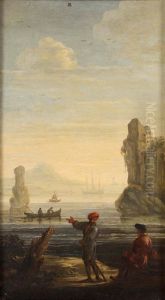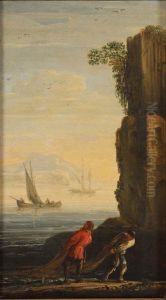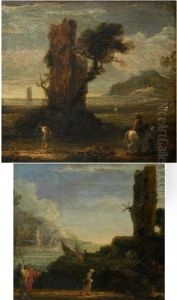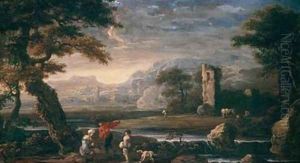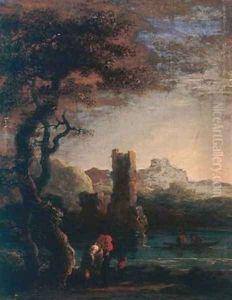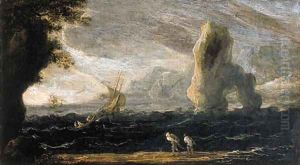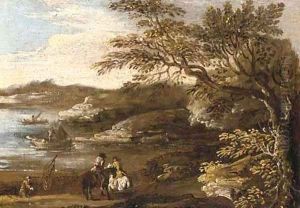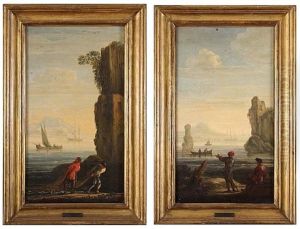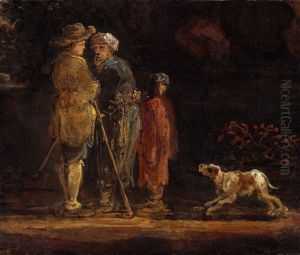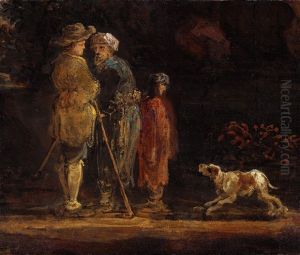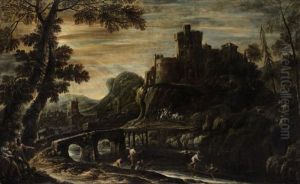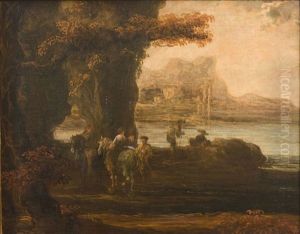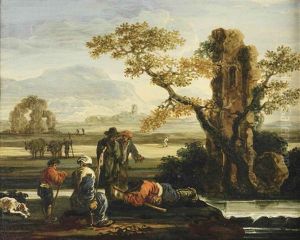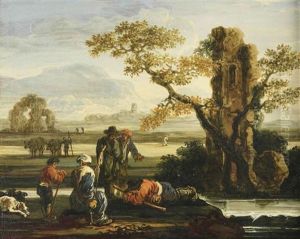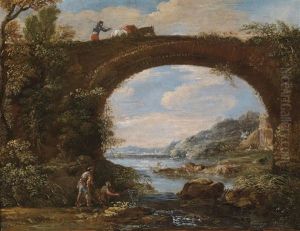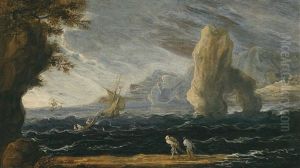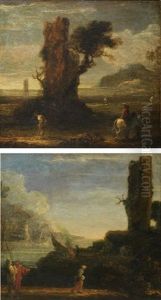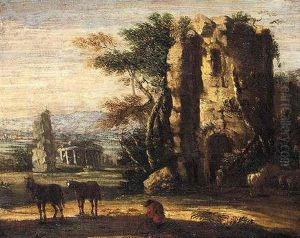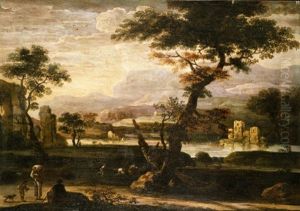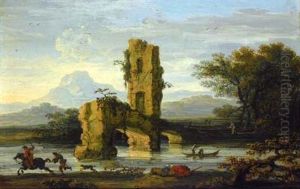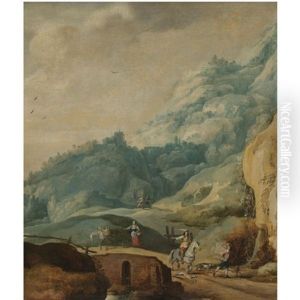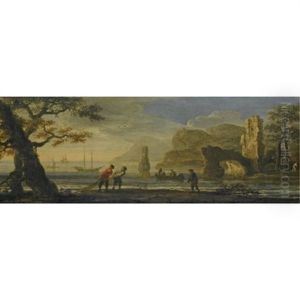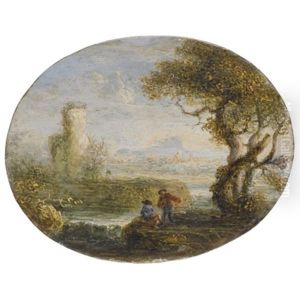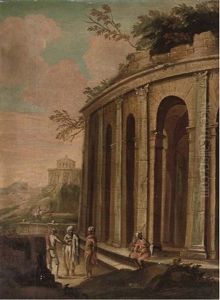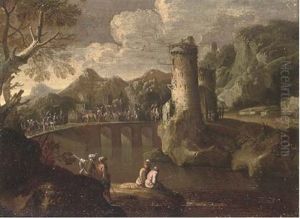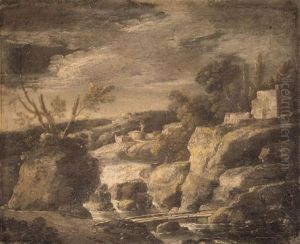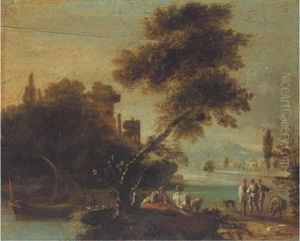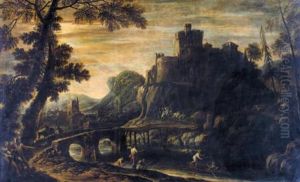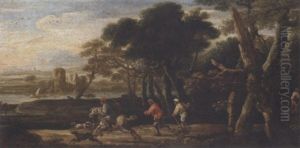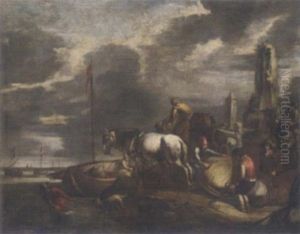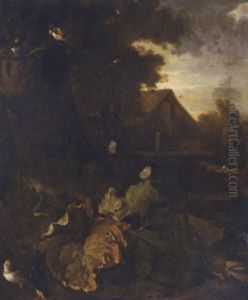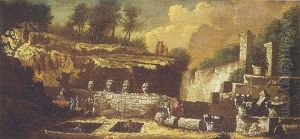Jan de Momper Paintings
Jan de Momper, also known as Joos de Momper the Younger, was a prominent figure in the Flemeenth-century landscape painting, born in Antwerp in 1564. He hailed from a family deeply rooted in the arts; his father, Bartholomeus de Momper, was also a landscape painter, which undoubtedly influenced Jan's career path. Despite the scarcity of records concerning his early life and training, it is known that he became a master in the Antwerp Guild of St. Luke at a notably young age, suggesting he was a prodigy in his field. His work is often characterized by its innovative approach to landscape painting, blending elements of the Flemish tradition with the emerging Italianate style, reflecting his exposure to the works of Italian masters, possibly through direct travel to Italy or through Italian works circulating in Antwerp.
De Momper's landscapes are remarkable for their vast, panoramic views and dramatic use of perspective, which was somewhat ahead of his time. He was one of the early adopters of the world landscape type, which presents broad, imaginary landscapes viewed from a high vantage point, featuring minute figures amidst grand natural settings. These landscapes were not merely representations of nature but also imbued with allegorical and philosophical meanings, reflecting the human condition and the vastness of the world.
His palette was dominated by cool tones, with a distinctive use of blues and greens, creating a sense of depth and vastness in his compositions. De Momper often collaborated with other artists, such as Jan Brueghel the Elder and other figures of his time, who would paint the figures and animals within his landscapes, a common practice among artists of the period.
Despite his success and influence in the development of landscape painting in the 17th century, Jan de Momper's work was somewhat overshadowed by the later achievements of artists like Peter Paul Rubens and Anthony van Dyck. However, his contributions to the genre have been reassessed and appreciated in more recent times for their artistic and historical significance. Jan de Momper passed away in Antwerp in 1635, leaving behind a legacy that significantly impacted the evolution of European landscape painting.
